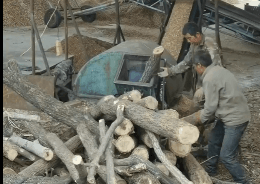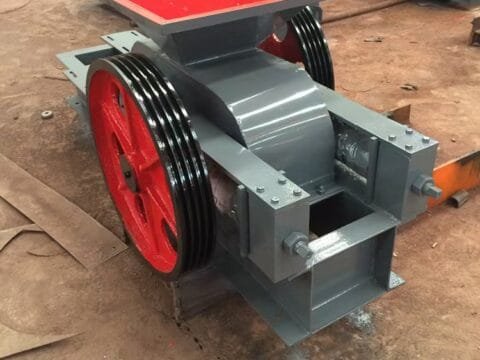
When the global figure of 3.5 million tons of municipal solid waste generated every day becomes the norm, mankind is facing a silent war – the garbage siege. a steel beast is devouring mixed garbage at a speed of 8 tons per hour, metals, plastics, organics through the photoelectric recognition of the precise shunt, this silent technological revolution, is reshaping the boundaries of our cognition of “waste.
1, the technical evolution of waste sorting machine
The efficiency ceiling of traditional manual sorting is 85%, while the third generation of intelligent sorting machine through multi-spectral identification, AI deep learning algorithm and high-pressure airflow sorting technology, the sorting accuracy is increased to 99.2%. Test data from an environmental research institute shows that for the sorting of PET plastic bottles, the machine vision system can complete material identification within 0.3 seconds, which is 40 times faster than that of human workers.
The core module of the synergistic operation of industrial art: the front-end vibrating screen to homogenize the waste stream, near-infrared spectrometer to penetrate the surface stains to identify the nature of the material, the valve array to complete the ejection of 5 milliseconds in response to the ejection of the sorting. The “material fingerprint library” developed by a German equipment manufacturer has included the spectral characteristics of more than 1,200 kinds of materials, and this kind of digitized material knowledge is reconstructing the basic logic of the recycling industry.

2. Four Scenarios for Cracking the Mixed Waste Dilemma
At an organic waste treatment station in an urban village in Shenzhen, a magnetic separation – eddy current sorting linkage unit is reducing the metal impurity content in food waste from 3.7% to 0.01%. This breakthrough in precision has reduced the risk of cadmium contamination in organic compost by 92%, directly contributing to the revival of local eco-agriculture.
The field of construction waste sorting is playing a more complex game. The multi-layer tumbler screen + pop-up screen system of a renewable resources base in Shanghai is capable of realizing three-dimensional separation of concrete debris, wood and plastic film. Notably, it is equipped with a metal detection module that can recover 23,000 tons of rebar per year, equivalent to saving 46,000 tons of iron ore mining.
3. Economic and Environmental Accounts Behind the Technology
The operational data of an environmental protection enterprise reveals a striking contrast: after the introduction of the intelligent sorting system, the cost per ton of garbage treatment dropped by 38%, while the revenue from resource utilization increased by 215%. This reconstruction of value directly contributes to a 45% reduction in the amount of local waste incineration, and the concentration of dioxin emissions fell below the EU standard limit.
But the other side of the coin is also worth pondering. An imported sorting machine purchased by a third-tier city was shut down due to high maintenance costs, exposing the importance of technology suitability. A university environmental research pointed out that equipment selection needs to match the characteristics of the garbage composition – when the proportion of wet garbage is more than 60%, the optical sorting efficiency will plummet by 27%, which requires the intervention of the wisdom of the front dewatering module.
4, the future of the three breakthrough dimensions of the sorting technology
In an experimental base, terahertz wave detection technology has been able to penetrate the multi-layer packaging to identify the contents of the material, this military-to-civilian innovations to make the separation of tetra-package aluminum-plastic possible. The microbial tagging technology being developed at the Technical University of Munich will make post-sorting as accurate as gene sequencing by implanting specific DNA fragments into plastics during production.
More disruptive changes come from distributed processing models. Singapore launched a containerized sorting unit, the modular configuration of processing capacity, with 5G remote operation and maintenance system, so that the waste disposal really to the “last mile”. This flexible deployment model is rewriting the rules of the game for traditional sanitation systems.
When the AI algorithm starts to understand the material code of garbage, and when the robotic arm can accurately grab the aluminum foil liner in the coffee cup, what we see is not only the technology iteration, but also the cognitive revolution of human beings to redefine the resource cycle. In this environmental protection battle without smoke, the garbage sorting machine is not only the breaker, but also the founder of the new civilization form – it interprets the most profound ecological philosophy with the body of steel: there is no waste in the world, but only the resources in the wrong place.



